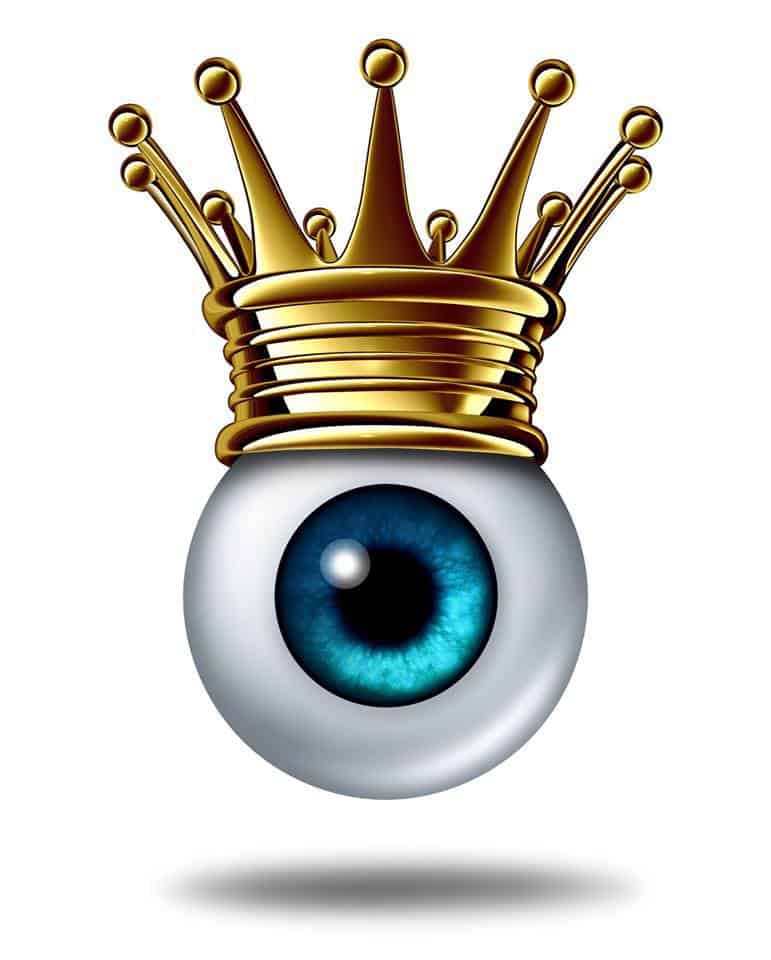According to research, lateral and vertical eye movements seem to be associated with activating various parts of our brain. These movements are also called eye accessing cues as they provide us with clues as to how people are accessing information. For you to understand these eye movements let us do an exercise. This is best done with a partner, but you can try it yourself (although it may be more difficult). For every question, as you think of your answer, pay attention to the direction in which your eyes move (to the side, up or down). If your eyes do not move, do you get the sense that even if it is only a fraction of a second that you are looking in a certain direction?
Consider the following questions:
- What will you look like in 10 years?
- What is the colour of your refrigerator?
- What would your voice sound like if you had water in your mouth?
- What does your favorite song sound like?
- What does it feel like to soak in a nice hot bathtub?
- When you talk to yourself, what type of voice do you use?
You or your partner may have noticed that for the first two questions your eyes had the tendency to look up. For questions 3 and 4 your eyes had the tendency to look to the side and for the last two questions there was a tendency to look down.
This is because:
- When we are visualizing pictures in our mind our eyes tend to move up to the left or to the right.
- When we are thinking of sound our eyes move laterally to the left or right
- When we accessing our feelings or talking to ourselves our eyes move down to the left or to the right.
Of course there are exceptions to the rule.
“Remember to keep an eye on your eyes”
- 10 SIGNS YOU NEED AN EYE EXAM - May 20, 2018
- WORLD GLAUCOMA WEEK - March 11, 2018
- The Importance OfEye Exams - February 5, 2018


Recent Comments